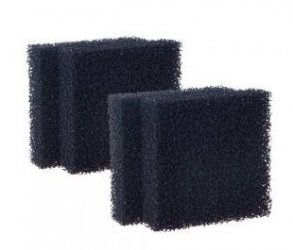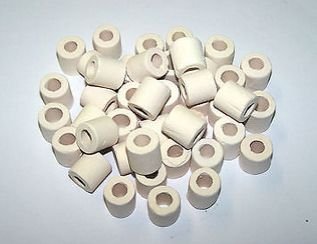Hello all,
I'm pretty new to fishkeeping, and have found myself with a goldfish (bubble-eye) in an uncycled tank.
He's pretty sick at the moment, and I'm not sure he'll survive, but if he does, I'm wondering what I should do. His health has constantly been fluctuating, and I think it might have something to do with my uncycled tank, even though I perform regular (1-3 day) 15-20% water changes.
I don't have the option of taking him back to the shop or having a friend with a cycled tank look after him, and cycling the tank with him in it is going to be impossible, since he is hypersensitive to ammonia.
Would it be alright to set up a fishless cycle and transfer him in?
Meanwhile, how often should I do water changes in the uncycled tank to keep him healthy?
I also have another small pond (repurposed bathtub) with 5 goldfish who seem to be doing fine. I haven't cycled that either, but I'm wondering if I should?
Thanks for any advice.
I'm pretty new to fishkeeping, and have found myself with a goldfish (bubble-eye) in an uncycled tank.
He's pretty sick at the moment, and I'm not sure he'll survive, but if he does, I'm wondering what I should do. His health has constantly been fluctuating, and I think it might have something to do with my uncycled tank, even though I perform regular (1-3 day) 15-20% water changes.
I don't have the option of taking him back to the shop or having a friend with a cycled tank look after him, and cycling the tank with him in it is going to be impossible, since he is hypersensitive to ammonia.
Would it be alright to set up a fishless cycle and transfer him in?
Meanwhile, how often should I do water changes in the uncycled tank to keep him healthy?
I also have another small pond (repurposed bathtub) with 5 goldfish who seem to be doing fine. I haven't cycled that either, but I'm wondering if I should?
Thanks for any advice.



